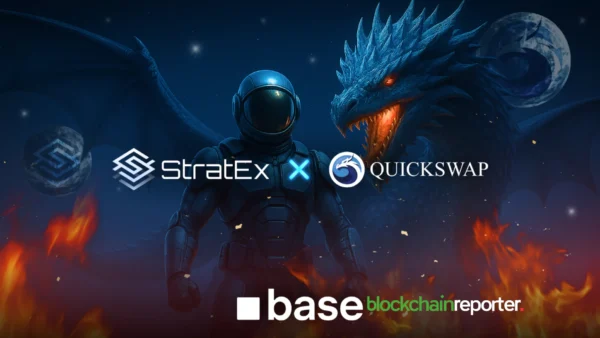
Blockchain tech company ConsenSys is partnering with Visa to bridge new CBDC networks with the existing financial ecosystem
With this announcement, Visa joins Mastercard in bridging the gap between traditional and alternative lending. Mastercard deployed a CBDC testing platform comparable to this one earlier in 2020. Since then, the number of nations considering CBDC has more than doubled.
Visa’s collaboration with ConsenSys is a significant step forward in expanding its crypto offerings. When it comes to constructing blockchain infrastructure, ConsenSys is one of the most well-known brands in crypto. With both companies’ experience, creating a CBDC Sandbox should be a breeze. Within this framework, central banks can test their digital currency and distribution systems.
“We envision a user experience that looks very familiar to how you pay today,” said Catherine Gu, head of CBDC, Visa. “If CBDC networks are seamlessly integrated into your existing banking app, you’d be able to use your CBDC-linked Visa card at the checkout. Or tap your digital wallet – loaded with your CBDC funds and payment credential—to pay securely at any of the 80 million merchant locations worldwide that accept Visa and any of its connected networks, all through existing retailers’ existing payment terminal. It’s a familiar experience for people around the world.”
The payments giant aims to create a “CBDC Sandbox,” available in the spring, where central banks can experiment with distributing the technology after minting on Consensys’ Quorum protocol.
Visa has announced the creation of a worldwide crypto advising service for banks and financial institutions. With the purpose to assist them in entering the cryptocurrency market. CBDC business may be considered as Visa’s latest attempt to integrate into the rapidly growing digital currency system. But Mastercard was the one who came up with the idea originally. CBDCs are distributed using a “two-tier” arrangement by the partnership. Central banks would build their digital currency using Consensys’ Quorum, which would allow them to determine the currency’s monetary and governance principles. They then distribute the cash through financial intermediaries such as commercial banks, using Visa’s infrastructure.









